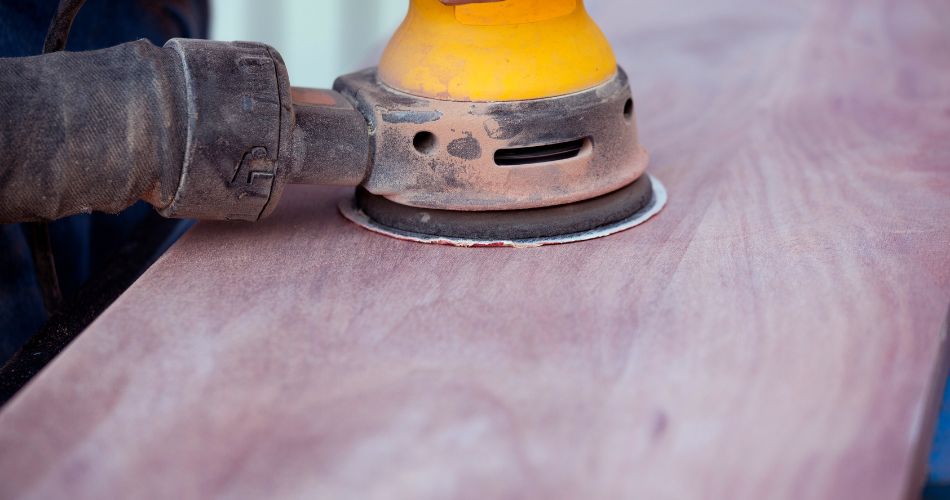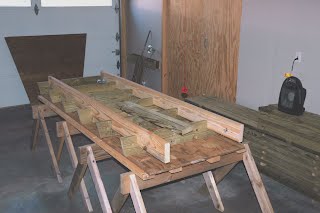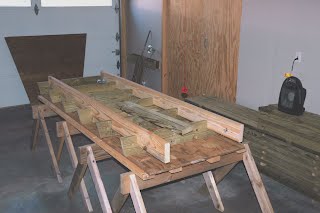Pontoon boats are a great way to enjoy a day out on the water, but…
Discover the Secrets of Boat Wet Sanding for a Perfect Finish
What is Boat Wet Sanding?
Boat wet sanding is a process of sanding a boat’s surface with water and sandpaper. This process is used to create a smooth, glossy finish on the boat’s surface. Wet sanding can also be used to remove existing scratches and imperfections, buff out existing paint, and create a glossy finish.
The process of wet sanding a boat involves sanding the surface with wet sandpaper and water. The sandpaper used is usually a very fine grade. The sandpaper is used to remove any existing scratches, bumps, and imperfections. The sandpaper is then wetted with a soapy solution to create a slurry-like consistency. This slurry helps the sandpaper to glide better over the surface of the boat.
Why Should You Wet Sand Your Boat?
Wet sanding is an important part of the boat-finishing process. Wet sanding helps to create a smooth and glossy finish on the boat’s surface. Wet sanding also helps to remove any existing scratches and imperfections, as well as buff out existing paint.
Wet sanding is also an important step in the boat-finishing process because it creates a uniform surface. This helps to ensure that the boat’s paint will adhere to the surface properly and last longer.
What Do You Need to Wet Sand a Boat?
Materials Needed:
- Bucket
- Soapy solution
- Sandpaper
- Sponges
- Towels
Steps to Wet Sand a Boat
Wet sanding a boat is a relatively simple process, but it is important to follow the steps carefully to ensure the best results.
Step 1: Prepare the boat
The first step of wet sanding a boat is to prepare the boat. This includes removing any existing paint, wax, or dirt from the boat’s surface. This can be done using a sponge and soapy solution. It is important to make sure that all of the dirt and grime is removed before beginning the wet sanding process.
Step 2: Wet Sand the Boat
Once the boat is prepared, it is time to begin wet sanding. To do this, fill a bucket with a soapy solution and soak the sandpaper in it. Then, begin sanding the boat in a circular motion, using the soapy solution to keep the sandpaper wet. It is important to use a light pressure and focus on the areas that need the most attention.

Step 3: Rinse the Boat
Once the sanding is complete, it is important to rinse the boat with clean water. This will help to remove any remaining dirt and dust that was created during the sanding process. It is also important to make sure that all of the sandpaper is removed from the surface of the boat before continuing.
Step 4: Dry the Boat
Once the boat is rinsed, it is time to dry it. This can be done using a towel or a chamois. It is important to make sure that the boat is completely dry before continuing, as any remaining moisture can cause issues when applying paint or other finishes.
Step 5: Apply Finish
Once the boat is dry, it is time to apply a finish. This can be done using paint, varnish, or a sealant. The type of finish to be used will depend on the type of boat and the desired results.
Conclusion
Wet sanding is an important part of the boat-finishing process. It helps to create a smooth and glossy finish on the boat’s surface, as well as remove any existing scratches and imperfections. It is important to follow the steps carefully to ensure the best results.
Wet sanding is a relatively simple process, but it is important to take the time to do it correctly. By following the steps outlined above, you can ensure that your boat will have a perfect finish.




